Have you considered doing something different instead of the same boring New Year’s Eve countdown? Yeah, me too.
Millions worldwide start their year with wild and wonderful traditions that make your midnight kiss appear ordinary. And these aren’t just random celebrations; they’re centuries-old customs believed to bring everything from true love to cold, hard cash.
We’ve hunted down the most fascinating New Year’s traditions you can try. Each of these customs is easy to adopt without booking an international flight. So, read 13 ways to kick off your year in style.
Austria: Lead Pouring (Bleigießen)
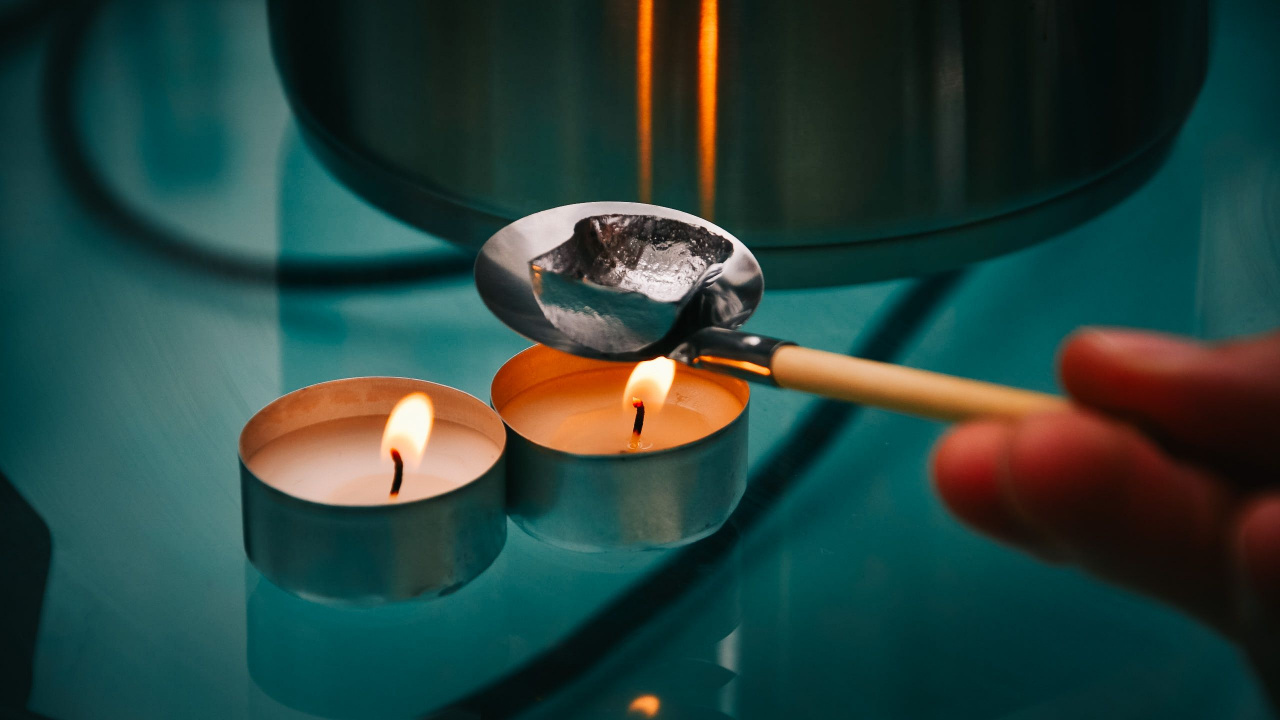
Image Credit: Shutterstock.
This centuries-old tradition, called “Bleigießen,” involves melting small pieces of lead and dropping them into cold water at midnight. The resulting shapes predict your future – a heart means romance, a ship indicates travel, while a ball suggests luck rolling your way.
You’ll need a special kit containing lead pieces, a spoon for melting, and interpretational charts. Modern versions use safe alternatives like wax or tin, but the practice remains equally intriguing.
Netherlands: Polar Bear Plunge

Image Credit: Shutterstock.
Known as “Nieuwjaarsduik” (New Year’s Dive), thousands of Dutch people start their year with a refreshing plunge into the North Sea at Scheveningen Beach. Dating back to 1960, this tradition now attracts over 10,000 participants annually.
If you want to try this, you’ll need courage, warm clothes for after, and preferably a hot drink ready. The traditional outfit includes orange winter hats (the national color), and swimmers often receive commemorative medals for their bravery.
China: Red Envelope Tradition
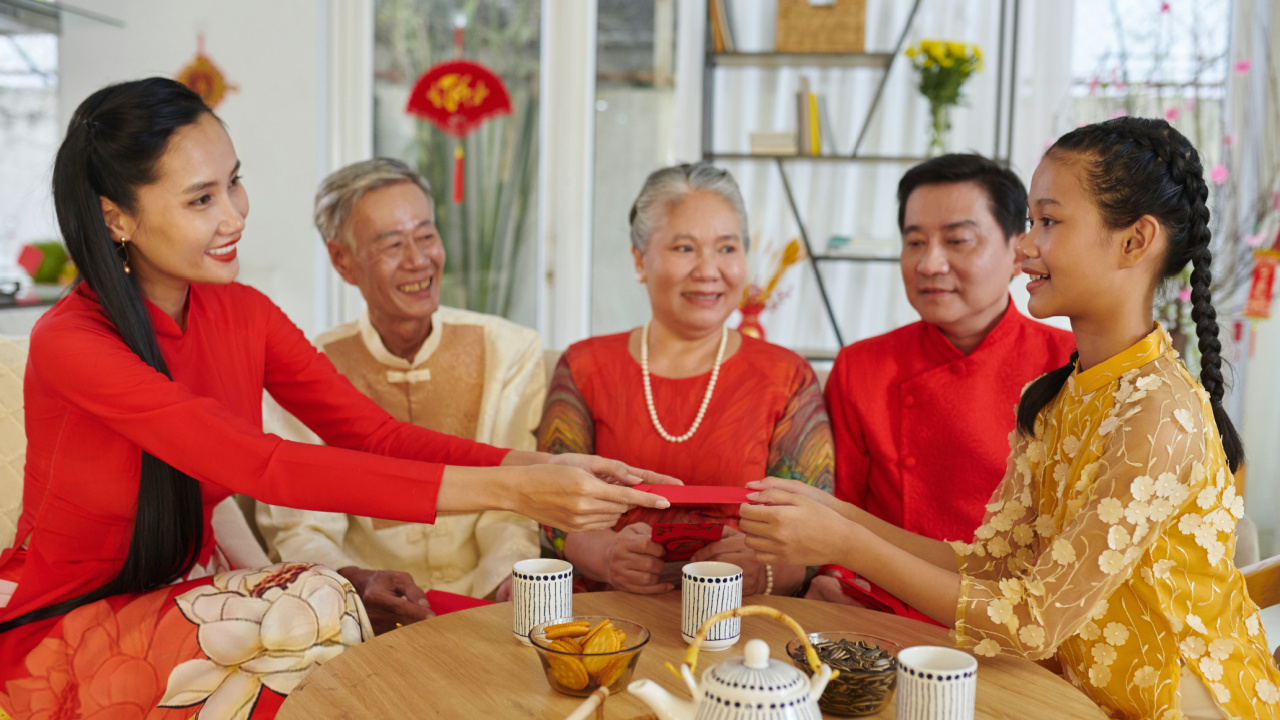
Image Credit: Shutterstock.
During the Chinese New Year, red envelopes (hong bao) filled with money symbolize good wishes and luck for the new year. The tradition stems from the legend of the Nian monster, frightened away by red.
The amount inside should feature ‘lucky’ numbers (6, 8, 9) and avoid ‘unlucky’ ones (4). Married adults typically give these to children and young adults. The key rule is that the money must be new bills, and the envelope must be red.
South Africa: Furniture Throwing

Image Credit: Shutterstock.
In Johannesburg’s Hillbrow neighborhood, residents throw out the old to welcome the new – by tossing old furniture from windows and balconies! While we don’t recommend trying this at home, the tradition symbolizes discarding past burdens.
A safer alternative would be writing down what you want to leave behind and ceremonially disposing of the paper. The original tradition has been discouraged for safety reasons, but it was a fun way to represent fresh starts.
Singapore: Yusheng Salad Tossing
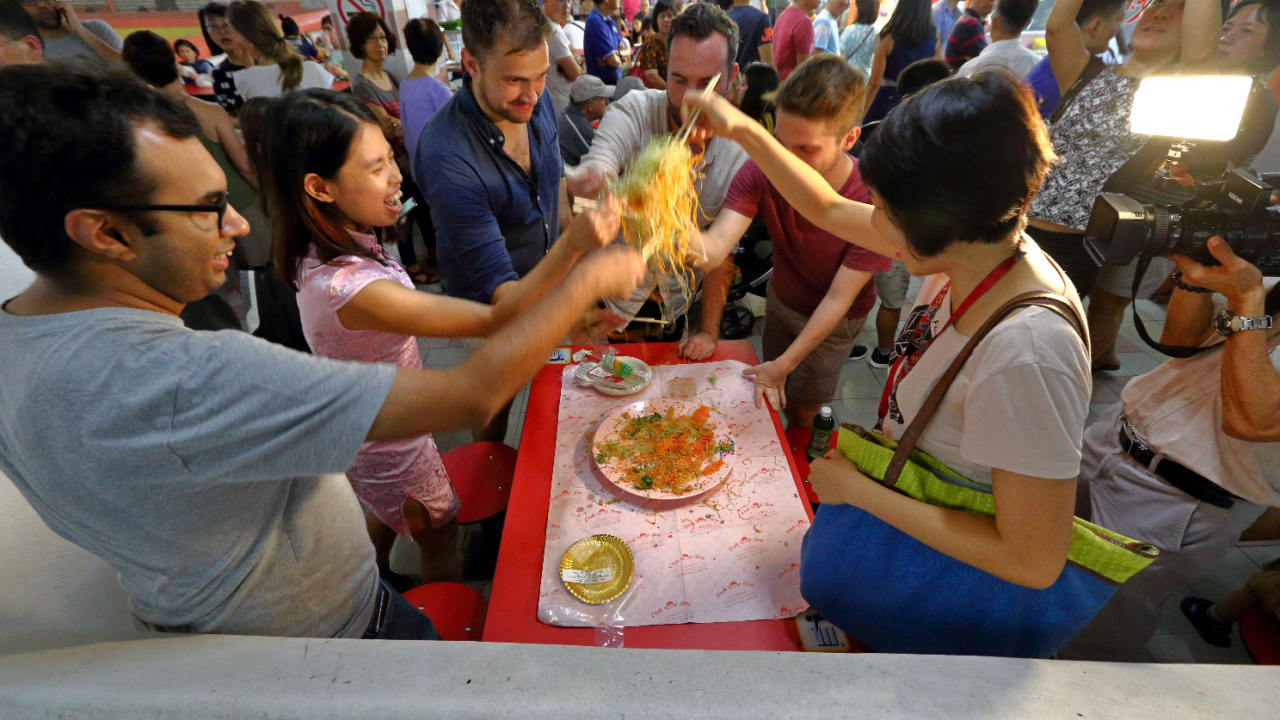
Image Credit: Shutterstock.
This Singaporean tradition, also known as “lo hei” (literally meaning “tossing up good fortune”), involves gathering around a raw fish salad. Each ingredient has a meaning – carrots for good luck, green radish for eternal youth, and peanuts for prosperity.
After arranging ingredients in a particular order, every participant gets ready with chopsticks for the ceremonial toss. The higher you toss the salad while shouting “lo hei,” the better your prospects for the year.
Chile: Spending the Night in Cemeteries
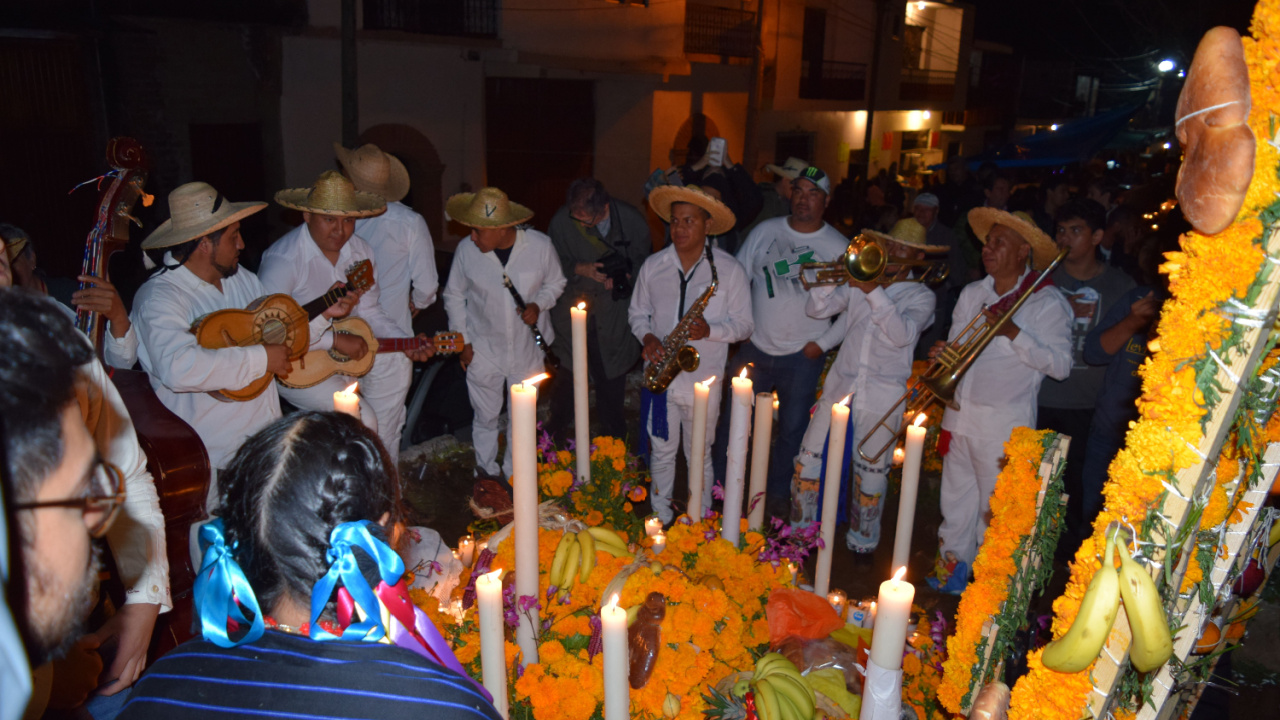
Image Credit: Shutterstock.
Families in Talca, Chile, spend New Year’s Eve with their departed loved ones in the cemetery. While this might sound sad, it’s a beautiful celebration of family bonds, where the living can reminisce and spend time with their late relatives.
The tradition began when one family snuck in to be near their father’s grave and has since become a citywide celebration. Families bring chairs, blankets, music, and food, briefly turning the cemetery into a reunion. Candles and flowers are essential, and many families decorate their loved ones’ graves with New Year decorations.
Spain: Twelve Grapes of Luck
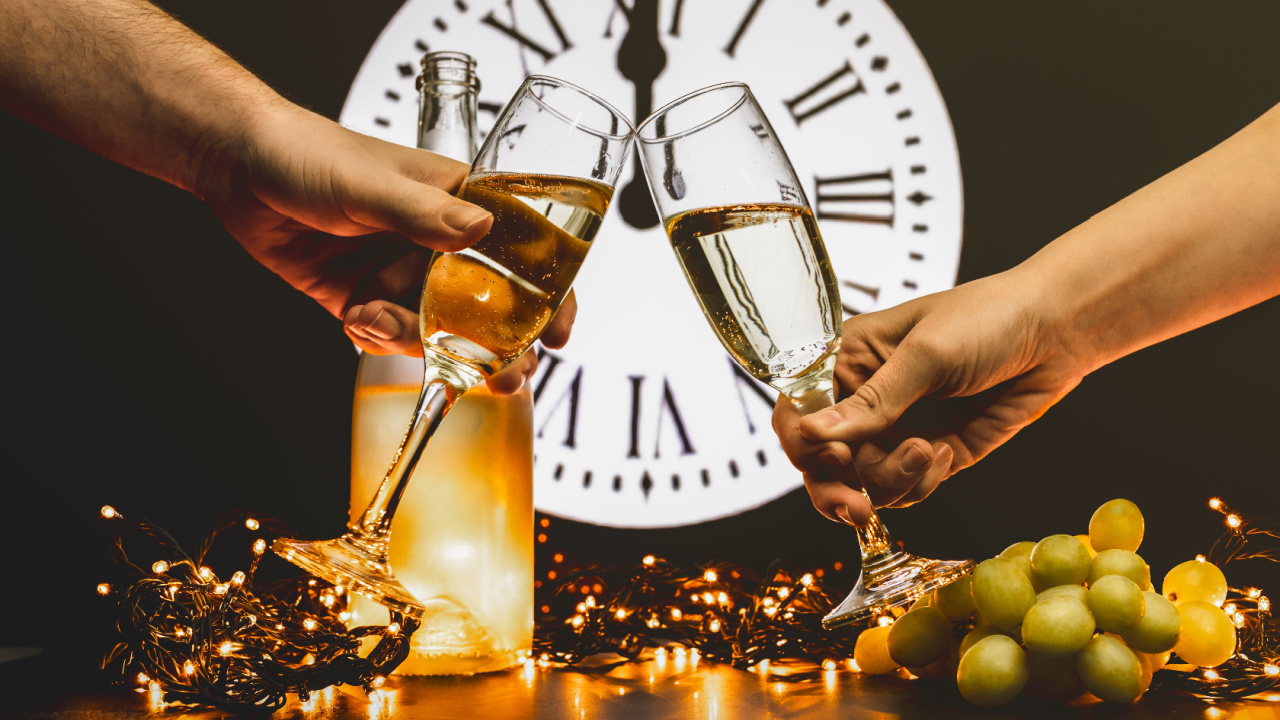
Image Credit: Shutterstock.
In Spain, the last moments of the year are counted not in seconds but in grapes. Strange, right? As the clock strikes midnight, Spaniards eat one grape for each of the twelve chimes. Each grape represents good luck for one month of the coming year.
This tradition, known as “las doce uvas de la suerte,” dates back to the 1890s when Madrid’s grape growers had a particularly abundant harvest. If you plan to do this, choose smaller grapes and remove seeds beforehand – you’ll have just 12 seconds to eat them all!
Denmark: Smashing Plates
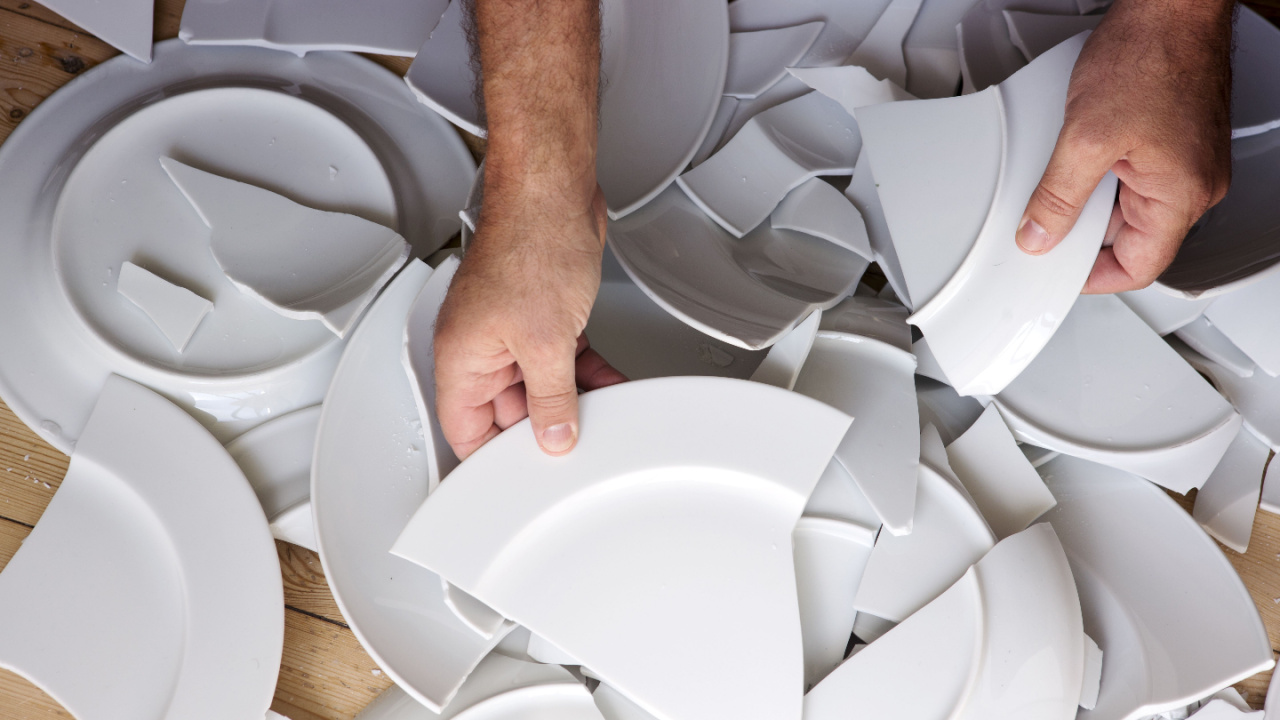
Image Credit: Shutterstock.
If you ever want to throw plates at your neighbors’ doors without consequences, spend New Year’s in Denmark. Danish people save their chipped or broken dishes throughout the year, specifically for December 31st.
They believe that the more broken dishes at your doorstep, the more friends and good fortune you’ll have in the coming year. The tradition shows a willingness to leave negative feelings behind and start afresh.
Scotland: First-Footing

Image Credit: Shutterstock.
In Scotland, the first person to cross your threshold after midnight can determine your fortune for the entire year.
This tradition, called “first-footing,” ideally features a tall, dark-haired man carrying symbolic gifts: whisky (for good cheer), bread (for food), coal (for warmth), and salt (for wealth). Historically, fair-haired first-footers were considered unlucky, possibly dating back to Viking invasions when blonde strangers weren’t welcome visitors.
Japan: Joya no Kane
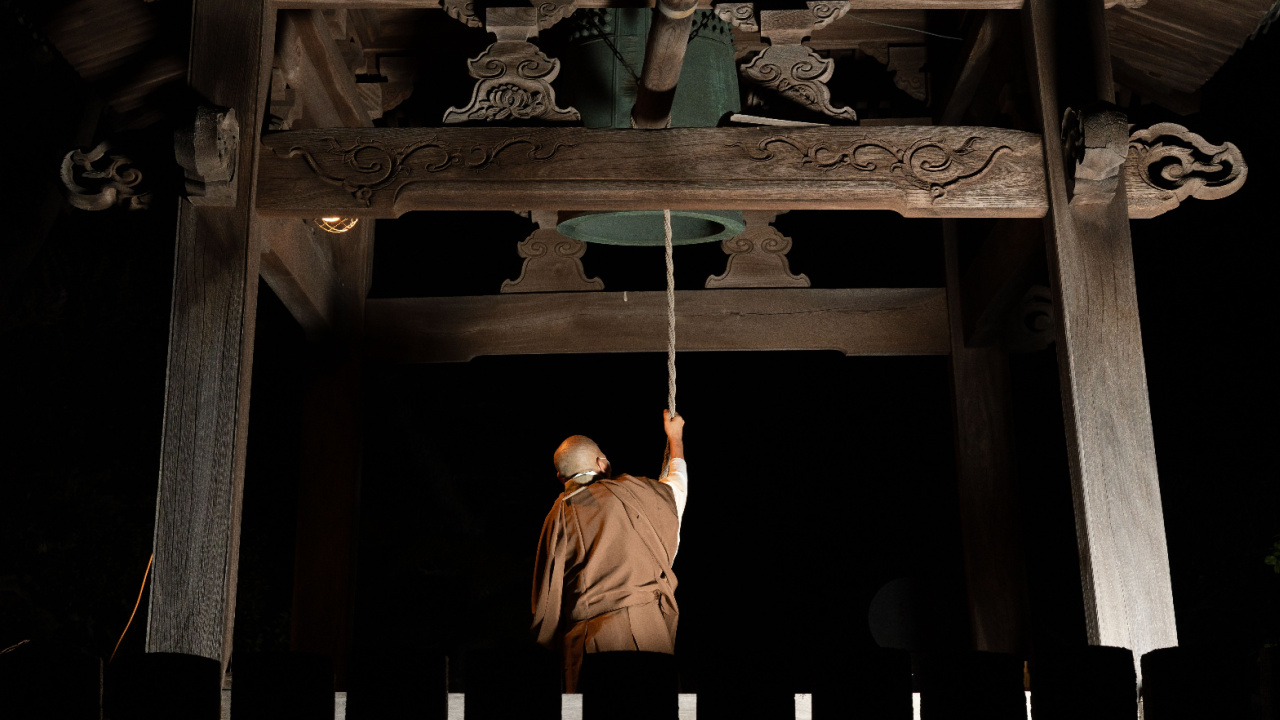
Image Credit: Shutterstock.
As midnight approaches in Japan, Buddhist temples ring their bells precisely 108 times in a ceremony called “Joya no Kane.” Each ring represents one of the 108 earthly temptations humans must overcome to attain nirvana.
Everyone who listened to the sounds of the massive bronze bells is believed to have been purified of their sins from the previous year. Traditionally, different people participate in striking the bell, making it a community event.
Philippines: Round Shapes Everywhere
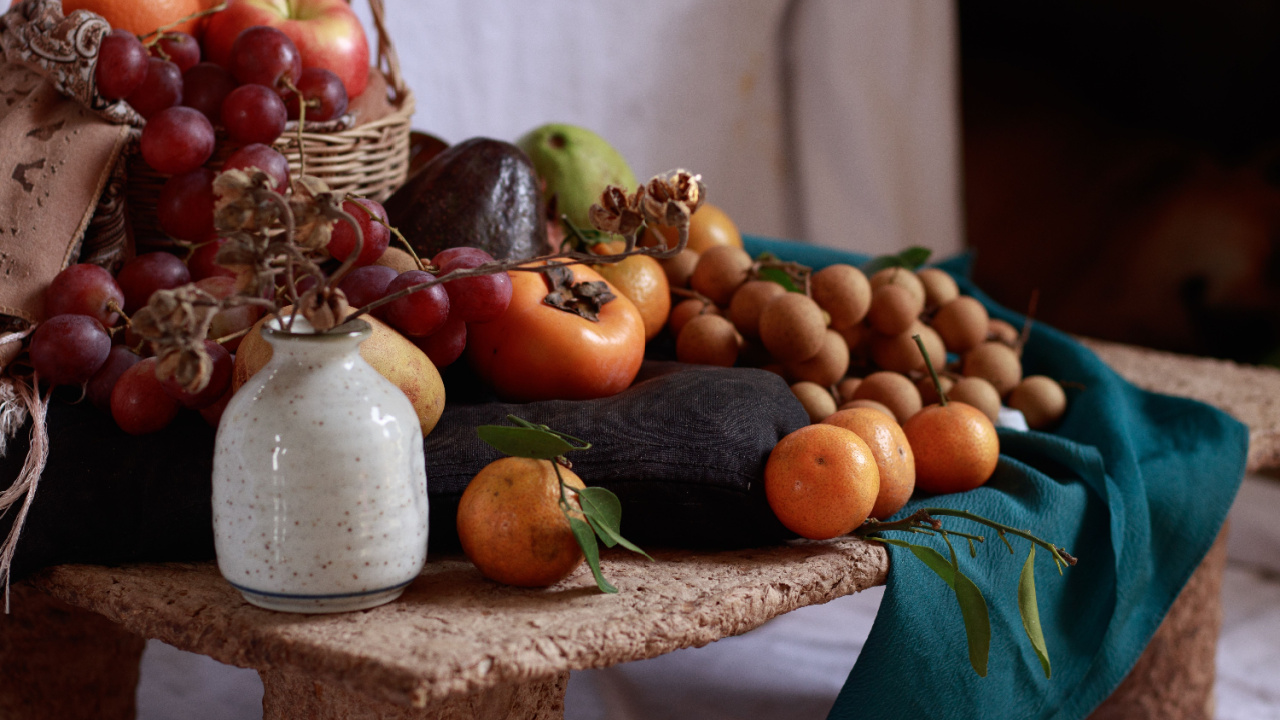
Image Credit: Shutterstock.
Filipinos believe circles represent prosperity, so New Year’s celebrations feature round shapes everywhere. People wear polka dots, keep round fruits on their tables (exactly 12 different kinds for each month), and toss coins around the house.
The more circular items you incorporate, the more prosperity you’ll attract. Common round fruits for this tradition include grapes, oranges, and melons – the rounder, the better.
Greece: Pomegranate Smashing
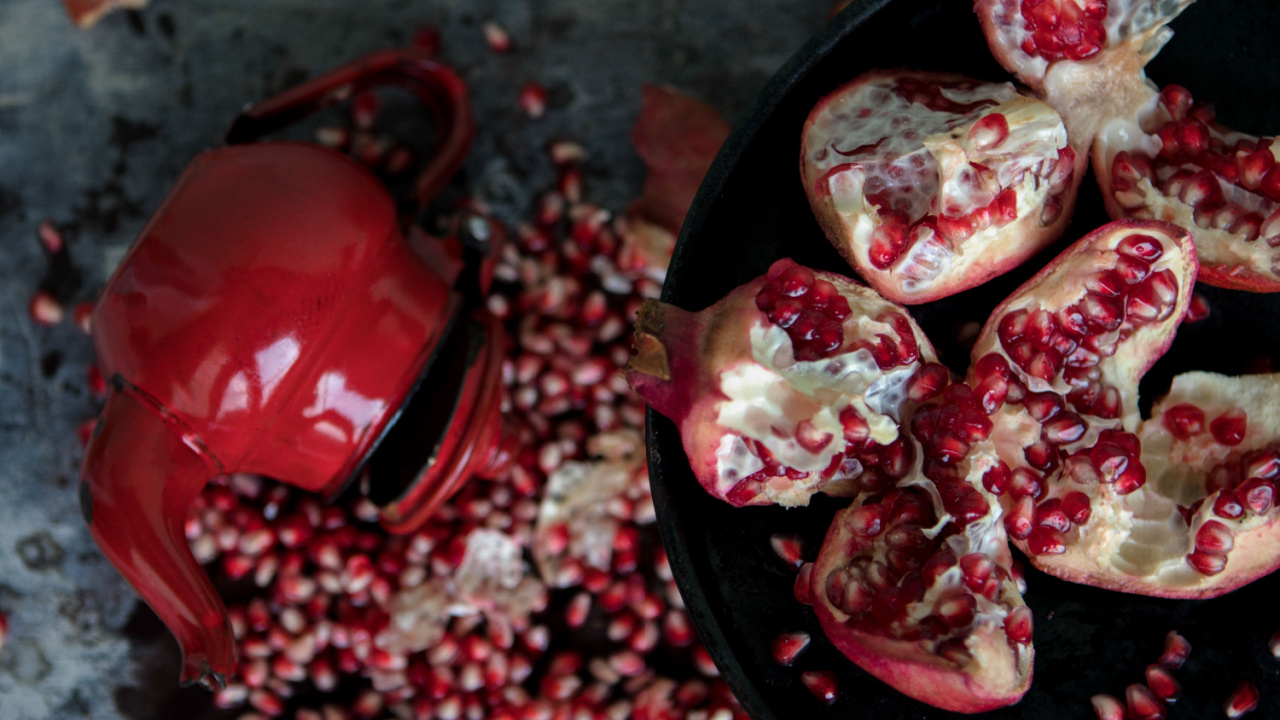
Image Credit: Shutterstock.
Greeks welcome the New Year at midnight by smashing pomegranates against their front doors. The idea was to scatter the seeds as much as possible. Adherents of this tradition believe that the more seeds that scatter, the more prosperity the household will enjoy.
Before smashing, choose a ripe, heavy pomegranate – the heavier it is, the more seeds it contains. This tradition dates back to Greek mythology when pomegranates symbolized life and fertility.
Colombia: Walking with Empty Suitcases
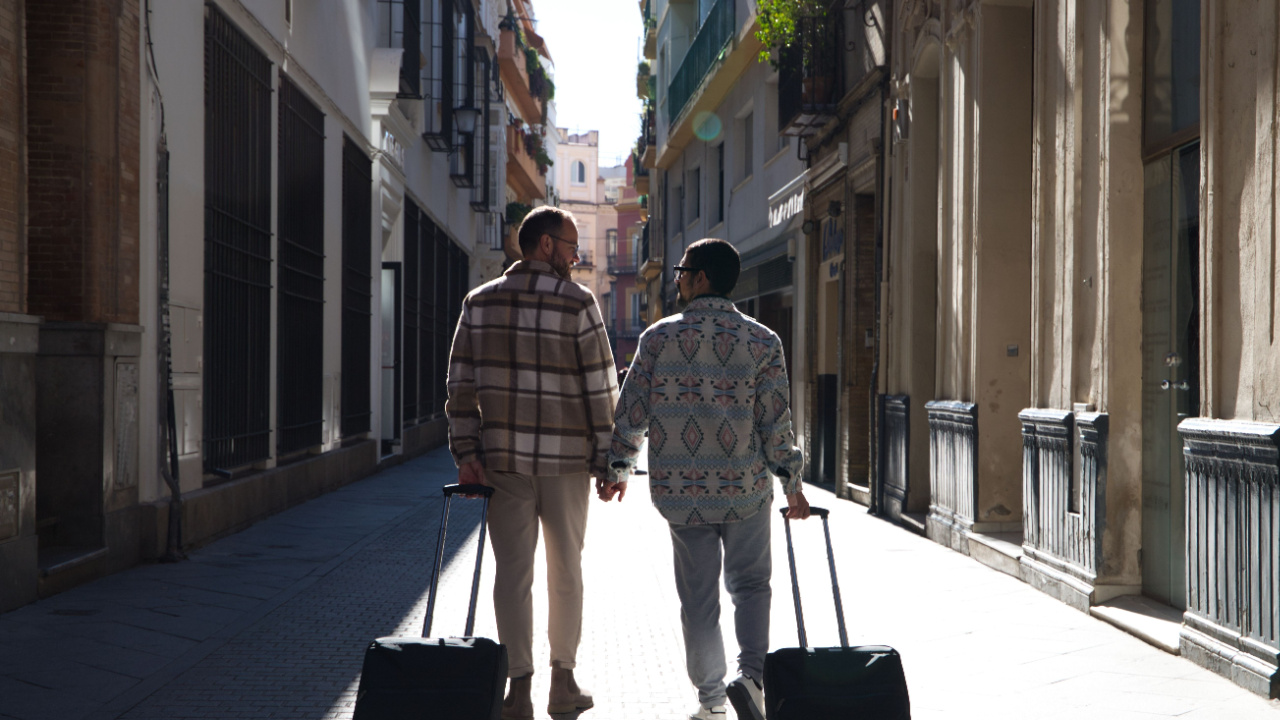
Image Credit: Shutterstock.
In Colombia, people grab their empty suitcases and walk around the block at midnight. The tradition symbolizes hoping for a year filled with journeys and adventures.
Some even add a few items they hope to use in their travels – like beachwear for a tropical vacation or winter gear for a mountain adventure. The key is to walk with intention, visualizing the destinations you hope to visit.